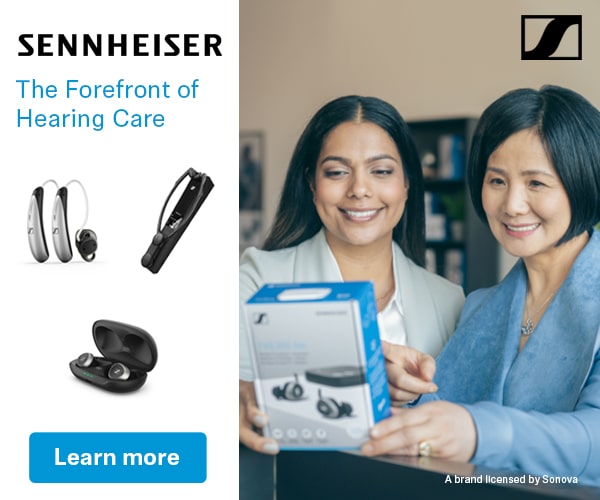In our News Watch by David Kirkwood, he reported upon several studies that would be beneficial to us professionals who fit hearing devices. We need to spread the word of these studies, through our office as well as our professional contacts. The first thing we need to communicate is that hearing devices really are working. The study from the Better Hearing Institute states 59% of those with hearing loss do not move forward because they feel hearing aids just don’t work. But BHI shows that of those who wear devices, almost 90% do feel there is positive benefit. The second point is that early detection is beneficial, whether it be for children or adults. From the moment of birth, the normal functioning brain is wired to have stimulus from both ears. When this is lacking or disrupted, there are fundamental changes in the brain.
How do we use this information in our offices? The first thing we need to do is get the studies out in the lobby for people to read (even if someone in the office needs to paraphrase for easier reading). We also need to get the information to all of our referring physicians. Make sure you have your facts together and add it into your counseling sessions. When you are showing a person or a group of people why hearing devices will help their communication with others, these studies can help tip the scales. I have had a person very close to me (years ago) say, “no child of mine will wear a hearing aid!” Well, through our perseverance, the child received a hearing device and did much better in school with it!
We also have folders that we give out to new patients (as well as our current patients who don’t remember they were given one a few years ago, or where it is appropriate to remind them again). These folders have two parts. On the right side we have hearing aid information, including a question/answer section. This section answers questions for specific areas such as “what is a directional microphone?” or “what is a receiver in the ear (RIC)?”. The left side is what we call the “communication side”. We take the stance that we are dealing in relationships and communication is a crucial aspect of relationships. So if we have an information sheet that talks about how to keep the brain wired by using hearing aids and keeping those relationships strong, all the better!
So I encourage you to keep reading David’s latest news in how research can help us help others!







https://www.facebook.com/pages/HearingHealthMattersorg/176668819048333 is the link to our Facebook page. You are more than welcome to share the link on your FB page. Due to some privacy issues you have to go to the page to “like” it, we can not have a “like” page directly on our site. Please join us and thank you for your comment.